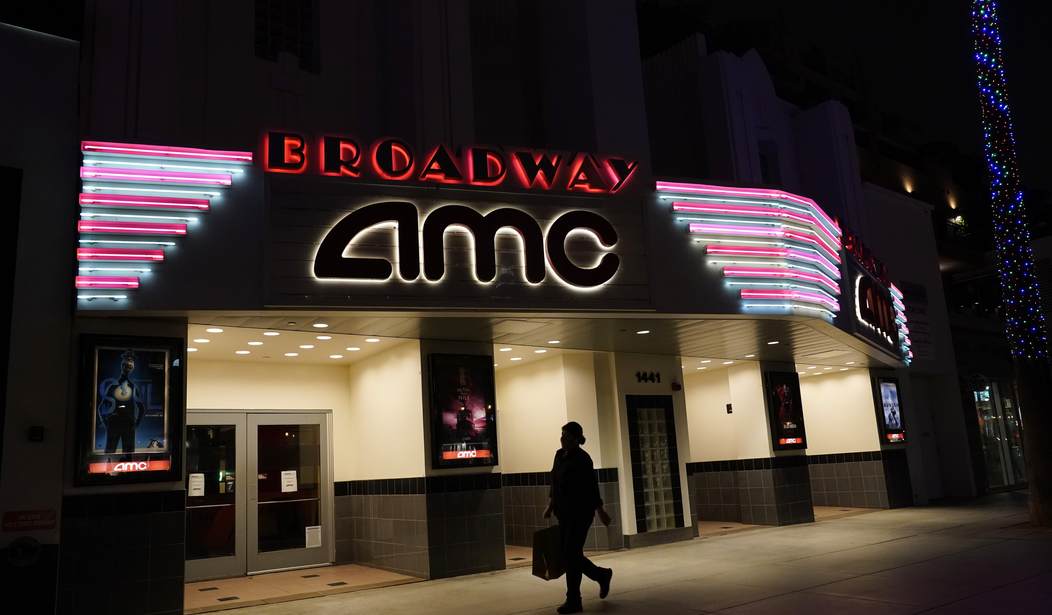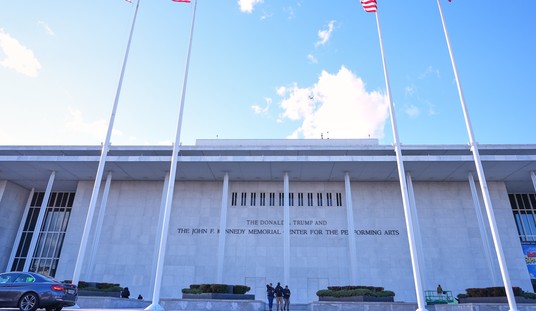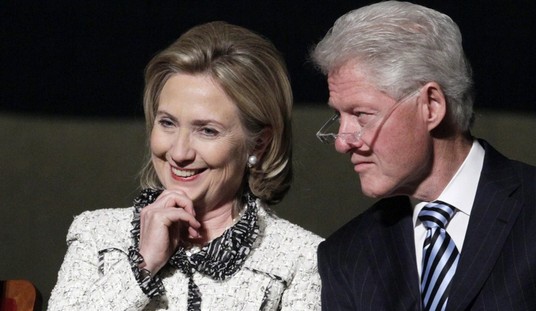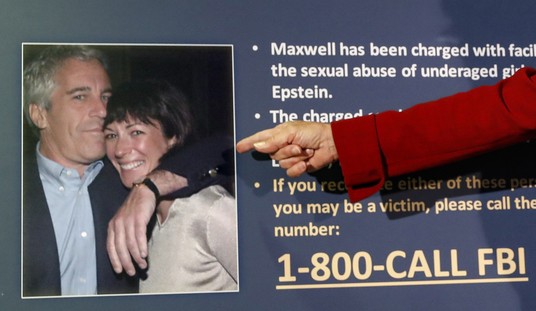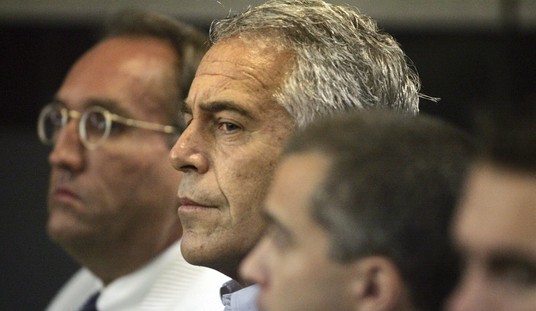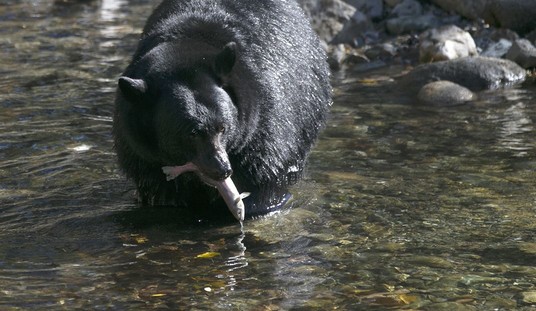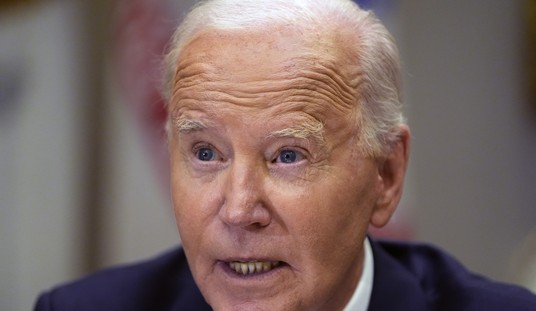Remember when one of the things you looked forward to every summer was the return of the summer blockbuster movies?
We've seen some great summer blockbuster films, from the "Star Wars" original releases to "Indiana Jones," "Jurassic Park," "The Terminator," and many more. Personally, though, I like depictions of great moments in history. Many of them, like the 2000 Roland Emmerich/Mel Gibson film "The Patriot," were heavily fictionalized, but that doesn't make them less enjoyable. But while I do enjoy films like Zack Snyder's "300" - a guilty pleasure, I admit - I generally like my historical films to be a little more true to life, like the 1962 film, "The 300 Spartans."
That doesn't mean a film can't be historically accurate and still be a great summer blockbuster. History is replete with blockbuster moments, and here are three I'd like to see given a decent, non-woke, accurate movie treatment.
Anabasis/The March of the Ten Thousand. In 401 BC, the Greek warrior/philosopher Xenophon left Athens and joined the mercenary army of an Achaemenian prince, one Cyrus the Younger, who was trying to pry the throne of Persia from his brother, Artaxerxes II. That attempt didn't work out well for Cyrus, who lost in a major battle in what is now Iraq. Xenophon and the Greek mercenaries found themselves far from home and in hostile territory, with a Persian king demanding they turn over their weapons.
Instead, the Ten Thousand closed ranks. From 401 to 399 BC, they marched, taking on all comers, literally behind a shield wall. They marched through much of what is now Iraq, back to Greece.
Imagine that as a movie: Opening with the Battle of Cunaxa, which Cyrus lost to his brother. The Greeks offered their services to various Persian allies, but these were refused. Then, the Greeks offered to serve a subordinate of Artaxerxes II, who instead demanded their surrender. Then, the shield wall, the march to the sea, the battles that took place along that route - and the movie closing with the Ten Thousand reaching the sea, all of them shouting "Thalassa! Thalassa!"
That's a movie I'd go see.
Before 1066, England was a Saxon nation. Granted, England has been ruled by people from many places over the centuries, from Celts, to Picts, to Romans, to Angles, and to Saxons. But in 1066, the army of William, Duke of Normandy, crossed the English Channel and invaded. The English king at the time was Harold II, who had stood off would-be invaders before. But William had crossed to England with an army of at least 4,000 infantry and cavalry, and while Harold had an army almost twice that size, around half of them were untrained peasants.
Nevertheless, Harold advanced on William, rather than making the Norman invader come to him, and Duke William won a resounding victory at Hastings on October 14, 1066. That was the end of Saxon rule in Britain, with William crowned on Christmas Day as William I, the first Norman king.
Now, imagine that as a movie: The first act, the victories of the young Harold II, his temporary control of parts of France. The second act, the rise of William, the Duke of Normandy, his ambitions, his claims to England, his raising his army - and the last act, the battle itself, that great contest of arms that decided the fate of a small island nation that would later give rise to one of the greatest empires in human history.
Read More: Here's What Could Actually Kill Disney
Superheroes Were a Trend, So Where Can Hollywood Find the New Big Novelty Item?
The Battle of the Tsushima Strait.
In 1905, Japan was just emerging as a world power. Most of the nations of the Western world didn't think too much of Japanese ambitions in the Pacific, least of all Russia, which contended with Japan for control of the north Pacific. The Russo-Japanese War, which Japan won, forced Russia to abandon most of its plans to expand into the Pacific, and the Battle of Tsushima was the final defeat of the Russian navy.
Japan had 4 battleships, 29 cruisers, 21 destroyers, and 45 torpedo boats, along with other support ships. The Russians had eight battleships, three coastal battleships, nine cruisers,nine destroyers, and a few support vessels. Add to that the fact that many of the Russian ships belonged to the Russian Baltic fleet and had to be rushed to the Pacific, arriving with exhausted crews and battered ships.
The battle was one of the largest ship-to-ship duels fought with heavy artillery. It was a gunfight on the high seas, and the Japanese proved better at it; all 11 of the Russian battleships were sunk or captured, and 14 smaller ships were sunk.
What a film that would make! The opening rounds of the war, the frantic dash by the Russian Baltic ships, the Japanese Combined Fleet assembling under the command of Admiral Tōgō Heihachirō, and that last, epic gun duel between the two navies.
The movie could even include, as an epilogue, the negotiations to end the war, facilitated by an American president, Theodore Roosevelt, who was later awarded the Nobel Peace Prize for this work.
Any of these would make for a great summertime hit movie, and one wouldn't have to play around with the history, at least, not too much. These feats were epic enough as they were. And there are many, many more; I could do this every week for a year and never run out of great, epic summer movie ideas.
It's a shame what's become of so much of the movie industry. Even what should have been great epic films ended up disappointing, as though the studio just phoned it in. But there are plenty of stories to work with. Maybe some new, independent studios could pick up the slack?

